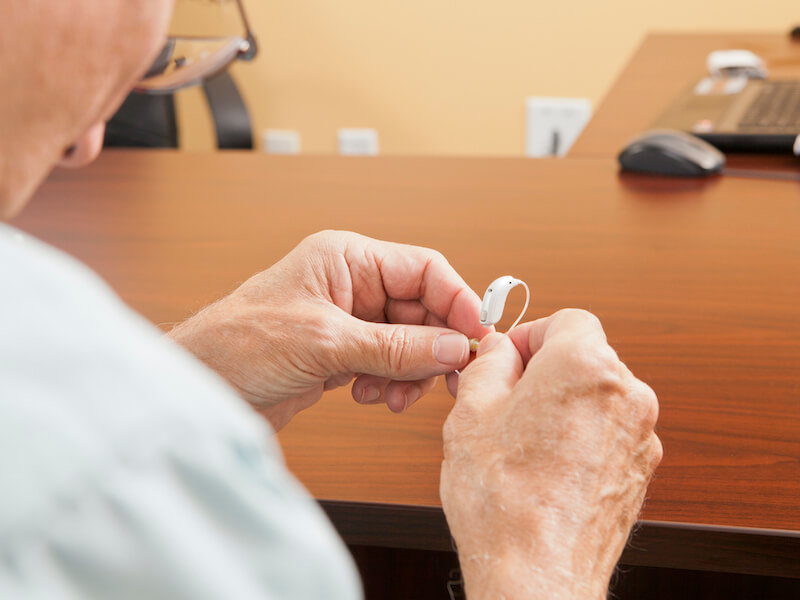
You go above and beyond to be certain your hearing aids are well cared for. Cleaning them daily, you make sure they’re safe and snug on their charger when you go to sleep.
Suddenly and discouragingly, your hearing aids aren’t working the way they used to. There are several things you can do to troubleshoot the problem, thankfully. Just remember: your number one job is to refrain from damaging your hearing aid additionally (or you might have to replace them).
Troubleshooting your hearing aid
Of course, when you first got your sweet new hearing aids, you made a point of storing the owner’s manual in a safe place. You’ll want to take it out so you can use it for troubleshooting and, potentially, maintenance. Every model of hearing aid can be somewhat different so it’s important to follow the manual’s recommendations.
Here are some things you can check on most models:
- Keep your microphone clear: Check your hearing aid to find out if anything is blocking the microphone. Your hearing aid might feedback or simply fail to work if the microphone is obstructed.
- Look for noticeable damage: Does your hearing aid have any noticeable loose components or cracks around its shell? If you find cracks, it could suggest that moisture is getting in and there may be more significant damage.
- Check your battery: You’ll still want to assess the battery power even if you had your hearing aids on the charger at night. If your hearing aid has replaceable batteries, it might not be a bad idea to check if those batteries are inserted properly or if a new one fixes the problem.
- Wax accumulation: Make sure there is no wax on your hearing aid by giving it a visual inspection. Wax can accumulate quickly even if you clean your hearing aids regularly so make sure you double check.
Once again you can learn how to deal with each of these concerns by consulting your owner’s manual. Self-maintenance is sometimes possible.
How can I tell when my hearing aid needs repair?
If your hearing aid keeps malfunctioning after you have performed basic maintenance and troubleshooting, it’s likely that your hearing aid will have to be professionally repaired. That might not always sound appealing, after all, you rely on your hearing aid for daily communication (along with dinners with your family, staying up to date with your favorite Netflix series, and so on).
It’s definitely worth noting that “repair” doesn’t always mean “send your hearing aids in for service and wait several weeks”. Sometimes, we can fix it in office and you can take it with you when you leave.
Or, you’ll be able to take your hearing aids in for professional help and get them back in a matter of a few hours (this, of course, depends on the extent of the damage, all the more reason to bring your devices in for repair as soon as you can).
But quick repair will not be possible in all cases. A backup set of hearing aids might be needed in these situations. So if you have an old pair lying around, ask whether they will serve on a temporary basis. Or it’s possible that we have a loaner pair you can borrow.
Don’t wait to get help with your hearing aids
If the audio quality is starting to falter, it’s essential to get your hearing aids checked and repaired.
You’ll want to try to avoid any downtime. Your mental health and your general health can be affected by neglected hearing loss. And it becomes all too easy to leave your hearing aids laying in a drawer somewhere while your hearing continues to decline.
The best way to keep your hearing healthy is to keep those hearing aids working. Keeping them charged, clean, and when needed, professionally repaired is the best way to do that.
